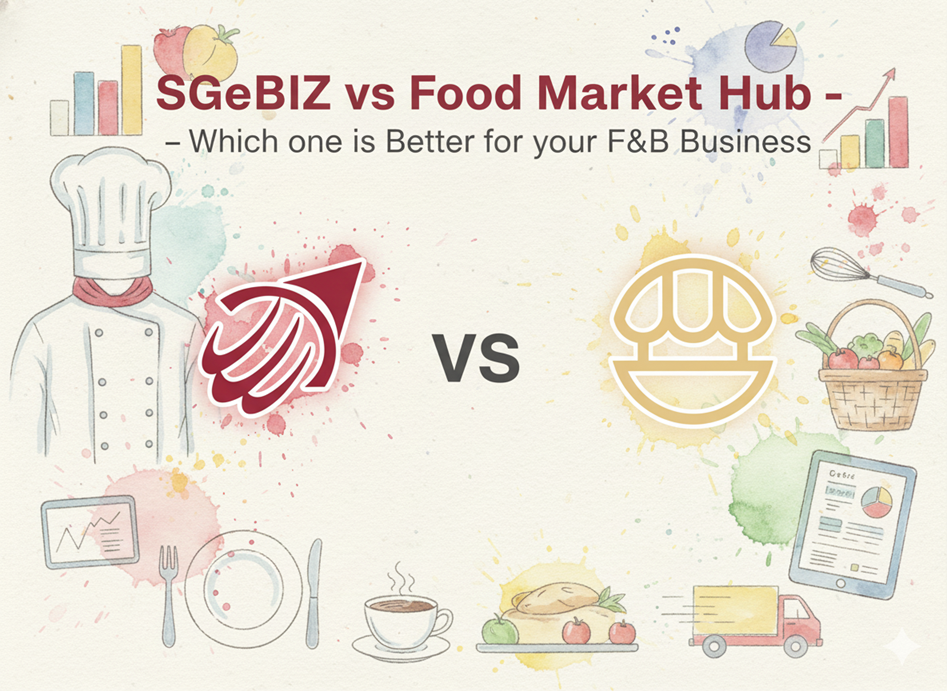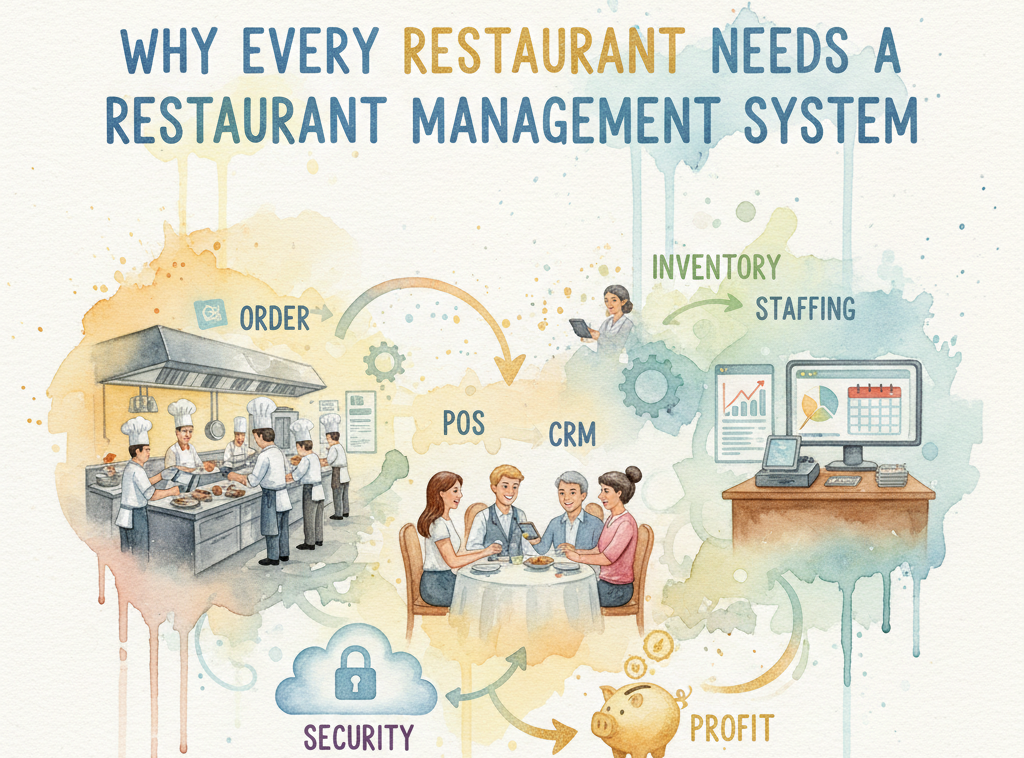How Restaurateurs Can Stay Afloat During Inflation and Rising Food Prices

Since the COVID-19 pandemic, Malaysia’s inflation rate has steadily increased, mainly due to the rise in food and fuel prices, according to government data. Following this global trend, Malaysia is expected to experience 2.5% inflation in 2022. This essentially means higher food costs for F&B owners is to be expected; which can lead to a reduction in revenue.
In combating the rise of good prices, several regulations have been implemented by the government - this includes setting aside a budget of RM 680 million to ensure price stabilisation for essential goods, while also setting a fixed price for live chickens.
Despite such regulations, the cost of production, especially for poultry farmers, still “increased tremendously” in the past year. The prolonged pandemic has severely disrupted the food supply chain, leading to the continuous rise of price of goods, services and living costs.
In coping with the inflation, several restaurants have resorted in reducing portion sizes and upselling their menu in order to remain competitive. However, there are better, more sustainable alternatives that can ensure long-term profitability for restaurateurs to try.
Follow the useful tips below for restaurants to survive the inflation:
1. Introduce food combos

From recent research on consumers’ spending habits, it is found that consumers tend to prefer combo meals rather than ordering single menu timers, regardless of their value or size. This is also supported by many restaurateurs who reported an increase of revenue once they introduced food combos into their menu.
One simple way to do this is to combine two items in the menu while reducing their portion sizes. Adding a drink or a small desert can also be a favourable option. Even combining the high and low-priced dishes can be a great way to attract more customers purchasing the newly introduced combo.
2. Utilise similar ingredients to innovate different dishes

This particular strategy is important as it allows restaurateurs to save food costs. By using similar ingredients for different menu offerings, restaurateurs can truly optimise their purchases from the vendors.
However, using similar ingredients can make the dishes seem too monotonous, so restaurateurs should try their best in avoiding this outcome. Utilise different cooking methods and try to cook the ingredients in a variety of ways. Feel free to experiment and innovate, as it is crucial to keep surpassing the diners' expectations
3. Standardise restaurant operations

As many restaurateurs have already known, consistency is a must to any successful restaurant. Not only must the restaurant maintain their food quality and cleanliness, their back-end operations must also be streamlined and organised the right way.
Standardised restaurant operations such as uniform recipe preparation across all outlets, setting a wastage limit, and even standardising recipes, can certainly help restaurateurs keep their food costs in check.
Using procurement and inventory management platforms such as Food Market Hub, is also extremely beneficial as restaurateurs can accurately estimate their stock’s shelf life, tracking their inventory in real time, and thus prevent large wastage.
4. Diversify the supplier options

Another useful strategy in anticipating the hike of goods prices is for restaurateurs to manage their supplier options accordingly. Simply sticking to one supplier for a long period of time can be damaging, as they have no other references for comparison. However, constantly switching suppliers can also increase food costs and can be quite challenging.
Hence, have a variety of suppliers at hand. Not only can restaurateurs keep track of the price changes, they can also monitor which suppliers are the least affected with the current inflation, and can proceed to purchase from them instead.
5. Knowing the theoretical vs actual usage of ingredients

Utilise an efficient inventory management platform to track your purchases. This produces a theoretical usage, and if restaurateurs are ordering the correct amounts and portion their meals correctly, their purchases should be able to match the amount they are actually selling.
The end goal for restaurateurs here is to minimise the difference between their theoretical and actual usage, which leads to accurate projections and orders. To ensure this, calculate the restaurant’s current food costs by taking the cost of goods sold (COGS) and dividing that by the revenue generated from that finished dish.
Be prepared for food prices rising
Food prices will continue to fluctuate. Considering as it is a major variable in restaurant business, anticipating its changes will better prepare restaurateurs to generate profit in the upcoming year, regardless of the inflation rate.
Actively managing the restaurant’s inventory will guarantee that the rising goods prices will not catch restaurateurs off guard. Utilise an all-in-one inventory management platform such as Food Market Hub to keep track of the restaurant’s food costs regardless of the uncontrollable price rises.
For more tips on managing restaurant’s food costs, head over to this insightful article.










